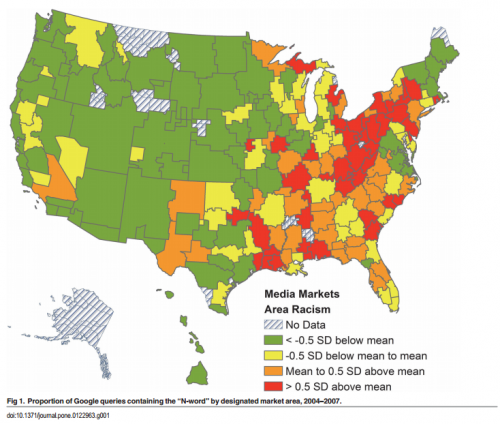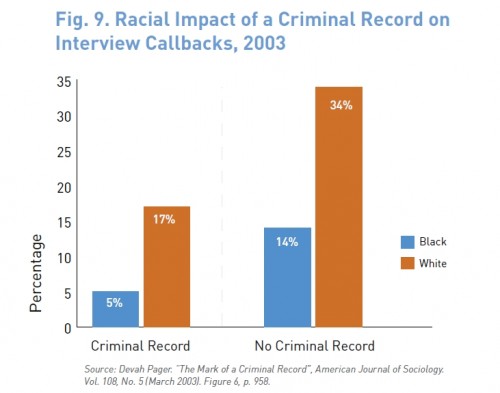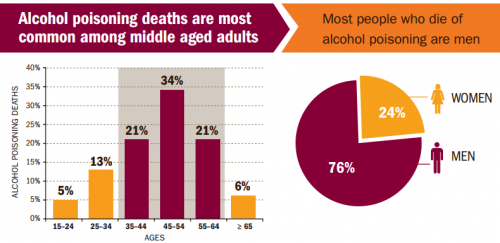African Americans are less healthy than their white counterparts. There are lots of causes for this: food deserts, lack of access to healthcare, an absence of recreational opportunities in low income neighborhoods, and more. Arguably, these are indirect effects of racist individuals and institutions, leading to the disinvestment in predominantly black neighborhoods and the economic disempowerment of black people.
This post, though, is about a direct relationship between racism and health mediated by stress. Experiencing discrimination has been shown to have both acute and long-term effects on the body. Being discriminated against changes the biometrics that indicate stress and personal reports of stress (anxiety, depression, and anger). Bad health outcomes are the result.
A new study, published in PLOS One, adds another layer to the accumulating evidence. To get a strong measure of “area racism” — the prevalence of racist beliefs in a specific geographic area — epidemiologist David Chae and his colleagues counted how often internet users searched for the “n-word” on Google (ending in -er or -ers, but not -a or -as). This, they argued, is a good measure of the likelihood that an African American will experience discrimination. Here are their findings for area racism:
They then measured the rate at which black people over 25 in those areas die and the death rate from the four most common causes of death for that population: heart disease, cancer, stroke, and diabetes. They also included a series of control variables to attempt to isolate the predictive power of area racism.
The resulting data offer support for the idea that area racism increases mortality among African Americans. Chae and his colleagues summarize, saying that areas in which Google searches for the n-word are one standard deviation above the mean have an 8.2% increase in mortality among Blacks. The searches were related, also, to an increase in the rates of cancer, heart disease, and stroke. “This,” they explain, “amounts to over 30,000 [early] deaths among Blacks annually nationwide.”
When they controlled for area level demographics and socioeconomic variables, the magnitude of the effect dropped from 8.2% to 5.7%. But these factors, they argued, “are also influenced by racial prejudice and discrimination and therefore could be on the causal pathway.” In other words, it’s not NOT racism that’s making up that 2.5% difference.
Directly and indirectly, racism kills.
H/t to Philip Cohen for the link. Cross-posted at Pacific Standard.
Lisa Wade, PhD is an Associate Professor at Tulane University. She is the author of American Hookup, a book about college sexual culture; a textbook about gender; and a forthcoming introductory text: Terrible Magnificent Sociology. You can follow her on Twitter and Instagram.








